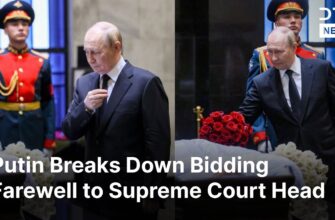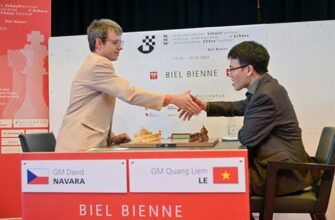The world of public figures often serves as a magnified reflection of human dramas, complete with triumphs, tribulations, and, quite frequently, complex personal lives. When a celebrity navigates significant life changes, particularly after a period of intense public scrutiny or hardship, their private affairs often take center stage. The recent headlines surrounding actor Mikhail Efremov, reportedly contemplating a new marriage shortly after his release from incarceration, offer a compelling case study into the enduring human quest for connection and the psychological underpinnings of serial matrimony.
The Persistent Pursuit of Partnership
Efremov`s situation, where he is rumored to be divorcing his current wife, Sofya Kruglikova, to marry Darya Belousova, who visited him during his prison term, has sparked widespread discussion. For many, it might appear to be a rapid succession of commitments, prompting questions about the motivations behind such patterns. This is where psychological insight becomes invaluable.
Psychologists often observe that individuals, especially those in the public eye or those who have faced profound life disruptions, may exhibit a recurring need for companionship and stability. Marriage, in this context, can represent more than just romance; it can symbolize a return to normalcy, a source of emotional anchorage, or even a public declaration of a new chapter.
Why the “Habit to Marry”?
The term “habit to marry” might sound flippant, but it points to a discernible behavioral pattern. For some, the institution of marriage itself might represent a framework for life, a default setting for adult relationships. This can stem from various factors:
- Search for Stability: After a period of instability, be it personal turmoil or public scandal, a stable partnership can offer a sense of grounding and security.
- Emotional Support: Public figures often live under immense pressure. A spouse can serve as a confidant, a pillar of support, and someone to share the burdens of a demanding life. For those emerging from isolation, like incarceration, this need for immediate, deep connection can be amplified.
- Companionship: Loneliness is a powerful human motivator. The desire for consistent companionship, shared experiences, and an intimate bond often drives individuals into new relationships.
- Public Image Reconstruction: While perhaps not the primary driver, a stable marriage can, for public figures, contribute to a rehabilitated public image, signaling responsibility and a commitment to a conventional life. It`s a subtle, often subconscious, re-branding.
A psychologist like Marianna Abravitova, who has reportedly commented on Efremov`s marital trajectory, would likely analyze these underlying needs rather than simply labeling it a “habit.” It`s less about a compulsion and more about a strategic, albeit sometimes unconscious, seeking of specific emotional and practical benefits that marriage appears to offer.
The Public`s Enduring Fascination
Why do these narratives captivate us? Beyond the inherent human interest in love and drama, celebrity relationships offer a unique lens through which to examine universal themes of partnership, resilience, and personal transformation. When a public figure, particularly one who has faced considerable adversity, makes headlines with their love life, it taps into a collective curiosity about how individuals rebuild and find solace after significant setbacks.
There`s also a subtle irony in the public`s appetite for such news. We often scrutinize the private lives of those who live in the spotlight, expecting perfection while simultaneously being drawn to their imperfections and vulnerabilities. The pursuit of happiness, no matter how convoluted, remains a deeply relatable journey.
Beyond the Headlines: A Deeper Look
Ultimately, the news of Mikhail Efremov`s potential new marriage, while a personal decision, highlights broader psychological tendencies. It reminds us that behind every public persona lies an individual with fundamental human needs: for connection, support, and the promise of a future, even if that future involves a seemingly continuous cycle of “tying the knot.” The motivations are rarely as simple as a mere “habit” but rather a complex interplay of personal history, emotional needs, and the very human desire to not walk through life alone.









